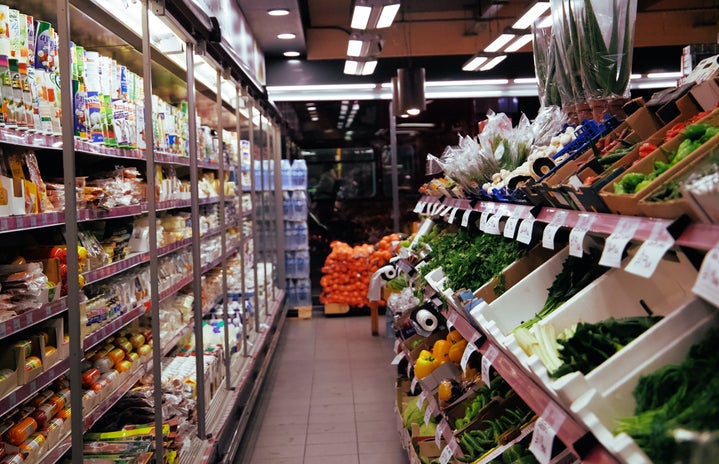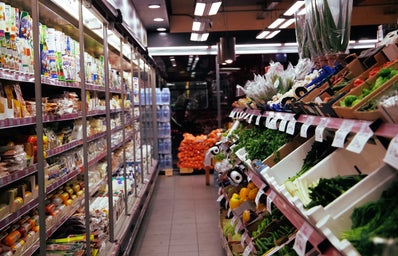In urban environments, necessities become luxuries.
Prior to moving into my dorm, my main concern was how I would maintain a well-balanced diet while relying on dining hall food and the single grocery store within walking distance. Since I’m an out-of-state student, I felt even more lost when it came to how to find affordable and accessible food around Temple University. Move-in day came and went, and soon enough I found myself standing in the produce aisle of The Fresh Grocer, anxiously hoping my search for healthy food wouldn’t break my budget– again.
Coming from the suburbs where there were plenty of grocery stores, I had the luxury to compare the prices and the option of driving to a different store if one didn’t have what I needed; the realization that this was no longer an option was a shock. I remember thinking to myself, as a college student I have meal swipes and dining dollars for campus food, but what do locals have as their backup plans?
According to a report from the Department of Public Health in Philadelphia, “nearly a million Philadelphians have more than 20 stores with low-produce supply within walking distance of their homes.” On average, the most overpriced and hardest to find items in grocery stores are the healthy food options, such as produce. And it isn’t a coincidence that this problem occurs primarily in low-income neighborhoods.
If an area is considered low-income, then the investment of beneficial retail, such as an affordable grocery store, is accordingly low. This causes residents to rely on corner stores that only really sell unhealthy food options because they are the only affordable and accessible options. This problem isn’t new either, and people, majorly people of color, living in low-income areas have had to deal with this reality for a long, long time.
What is at the root of this problem? The short answer: Redlining.
The Merriam Webster legal definition of redlining is, “the illegal practice of refusing to offer credit or insurance in a particular community on a discriminatory basis.” Although redlining has since been banned under the Fair Housing Act of 1968, the effects of it are still present today. A product of redlining is, “black and Hispanic neighborhoods hav[ing] fewer large supermarkets and more small grocery stores than their white counterparts”(John Hopkins Magazine).
Read more on the effects of redlining, specifically in Philadelphia, in the article: How Redlining Segregated Philadelphia, by Jake Blumgart from NPR.org
Since coming to Temple, I’ve learned the importance of understanding that something I consider to be a normal part of life could be a luxury for someone else. I’m now determined to get involved in any way possible to help support the surrounding community. I’m a visitor using local residents’ resources, and I want to uplift and give back to the community as often as I can.
With some quick research, I’ve found there are plenty of ways to get involved in helping provide affordable and accessible healthy food options in the Philly area. Learn more about how to get involved at FoodTrust.org, FoodFitPhilly.org, Philabundance.org, and GetHealthyPhilly.


